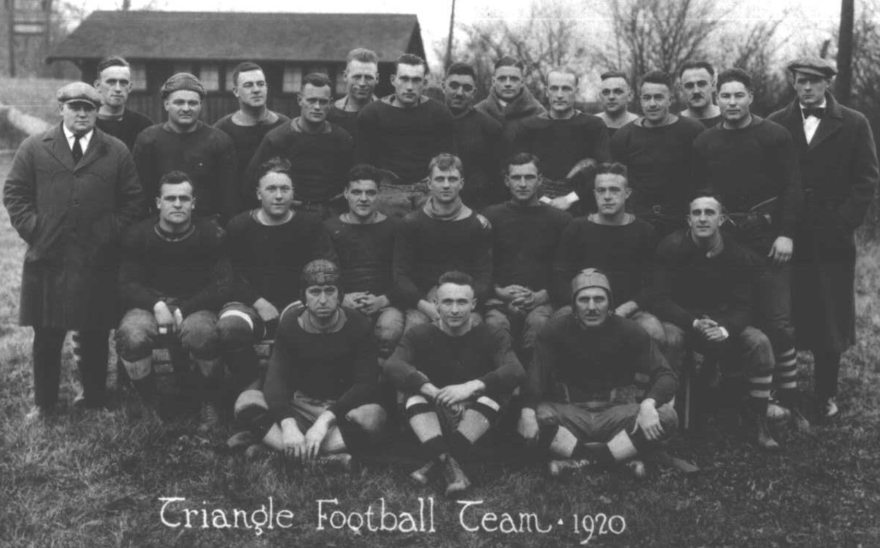Dayton has called off plans for a National Football League field at Triangle Park after non-invasive ground penetrating radar tests showed the presence of possible Native American ancestral artifacts and remains at the site.
Testing began last week, after advocates alerted the city to the presence of sacred remains at the park, which was slated for donation of a new, professional-quality turf field from the NFL in celebration of the league’s centennial season.
Triangle Park hosted the first official NFL game between the Dayton Triangles and the Columbus Panhandles in 1920.
City officials declined to comment on the results of the archeological tests at the park.
In a statement, officials say they’re consulting with the Ohio Historic Preservation Office about next steps.
And, they are looking for a new place to locate the NFL field.
Read an excerpt of the Summary Report of a Ground-Penetrating Radar Survey of a Portion of Triangle Park, City of Dayton, Montgomery County, Ohio, prepared by Cincinnati-based investigators from the firm Gray and Pape Heritage Management:
"The results of the GPR survey suggest that the area of the survey has not been significantly disturbed by historical or modern activities beyond plowing and some minor earth moving. The uppermost 15 to 20 cm (6 to 8 inches) of soil is of a different composition than that below it, which probably represents either the remnants of a plow zone, or some other superficial earth moving. Below this depth soil composition is consistent, suggesting intact alluvial soils as would be expected from the Ross silt loam reported for the area. The GPR survey was successful in identifying four anomalies in the project area. hese were labelled Anomalies 1 though 4 (Figure 3-6). Anomalies 1 and 2 (Figure 6) are areas where the top 8 or so inches of native soils were replaced by sandy soils for the infields of baseball fields visible in Figure 1. As was noted previously, these baseball fields are visible on aerial photos as recently as 2000. Anomaly 3 appears to be a shallow basin approximately 0.30 m below the surface measuring approximately 10.0 m long, 6.5 m wide and 0.5 m deep (Figures 4 and 5). It is oval in shape and while it could be a natural feature, the fact that this anomaly is unique within the dataset makes it more likely that it is manmade. Its age is unknown, but its depth below the surface suggests that it predates the park and has the potential to be prehistoric."



